Social media has transformed from a novel idea into a fundamental part of daily life, influencing everything from personal connections to global politics. This evolution has been rapid and revolutionary, reshaping communication and community building. As society stands on the brink of new digital horizons, it’s crucial to reflect on this journey. From the early days of basic networking sites to the current landscape dominated by multimedia platforms, this exploration delves into the pivotal moments in the evolution of social media and ponders what the future may hold in this dynamic digital realm.
Contents
- 1 The Dawn Of Social Media
- 2 The Rise Of Visual Platforms
- 3 The Age Of Interactivity And Engagement
- 4 Social Media For Social Change
- 5 The Integration Of E-commerce
- 6 The Emergence Of Short-Form Video Content
- 7 The Future: AI And Personalization
- 8 The Next Frontier: Virtual And Augmented Reality
- 9 Join The Social Media Evolution
The Dawn Of Social Media
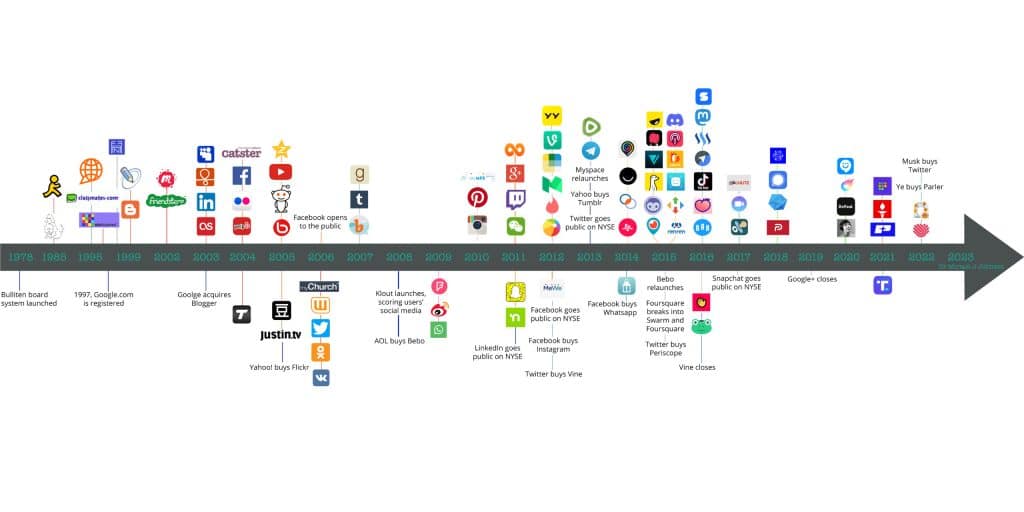
The late 1990s and early 2000s marked the infancy of social media, with platforms like SixDegrees, Friendster, and MySpace. These sites introduced personal profiles and friend networks, laying the groundwork for modern social networking. SixDegrees offered the concept of adding friends, while Friendster and MySpace expanded on this with more interactive features like profile customization, allowing users to express their digital individuality.
MySpace, in particular, became a cultural phenomenon, dominating the social media landscape with its customizable profiles featuring music, backgrounds, and layouts. This era marked the first time individuals could establish an online presence that felt truly their own. However, as technology and user expectations evolved, these platforms began to fade, setting the stage for the next generation of social media sites like Facebook, which offered more sophisticated networking and interaction capabilities.
The Rise Of Visual Platforms

The social media landscape witnessed a significant shift with the advent of platforms like Instagram and Snapchat, which emphasized visual content. Launched in 2010, Instagram quickly gained popularity by allowing users to share and edit photos with an array of filters, making everyday photography feel artistic and accessible. Snapchat, introduced in 2011, further revolutionized the visual aspect by introducing ephemeral content, where photos and videos disappear after being viewed, encouraging spontaneous and authentic sharing.
This era marked a departure from text-heavy platforms, as users increasingly preferred engaging with images and videos. This shift had a profound impact on user engagement, with visual content proving to be more engaging and shareable. It also opened new avenues for advertising as brands began to realize the potential of visually driven marketing strategies on these platforms. The success of Instagram and Snapchat underscored the public’s growing appetite for visual media, setting a new standard for social media engagement and content creation.
The Age Of Interactivity And Engagement
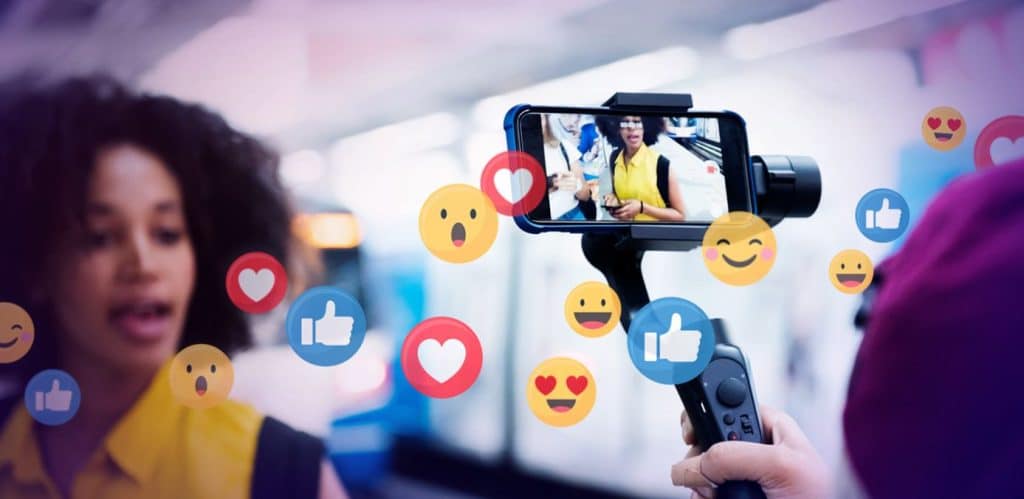
The evolution of social media embraced interactivity with features like live streaming and algorithm-driven content curation. Platforms like Facebook and Instagram introduced live streaming, allowing real-time broadcasts that fostered immediacy and connection. This innovation enhanced user engagement and became a vital tool for influencers and brands. Simultaneously, sophisticated algorithms began tailoring user experiences, populating feeds with content aligned with individual preferences, thereby boosting engagement and time spent on these platforms.
The rise of interactive elements like polls and Q&A sessions marked a shift towards more engaging and personalized social media experiences. These features, coupled with the strategic use of algorithms, highlighted the importance of understanding user behavior. This era not only enhanced user interaction but also set the stage for future developments in social media, focusing on personalization and user-centric content.
Social Media For Social Change
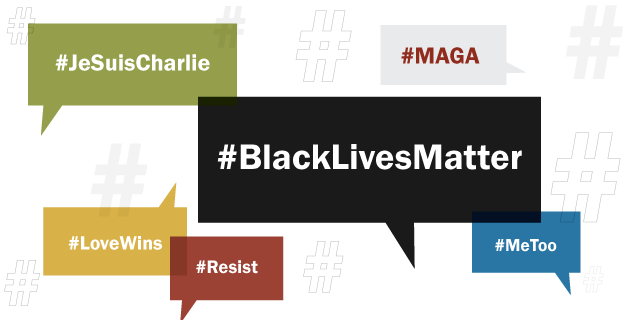
Social media emerged as a formidable tool for social change, with movements like #BlackLivesMatter and #MeToo gaining momentum globally. These platforms became venues for amplifying voices and mobilizing social movements, offering spaces for marginalized communities to share their stories. The ability of social media to spread messages rapidly and widely played a crucial role in challenging societal norms and fostering global conversations on important issues.
In the political realm, social media redefined engagement and participation. It became a platform for political discourse, enabling direct communication between politicians, activists, and the public. This shift in information dissemination and the capacity to quickly mobilize support underscored social media’s influential role in shaping public opinion and impacting political landscapes.
The Integration Of E-commerce

The fusion of e-commerce with social media platforms marked a pivotal shift, blending social networking with online shopping. Instagram and Facebook led this trend, introducing features for direct product purchases within their apps. This integration revolutionized brand-consumer interactions, turning social media into a hub for discovering and buying products. Features like Instagram’s shopping tags and Facebook Marketplace simplified online transactions, offering users a convenient shopping experience within their social feeds.
This blend of social media and e-commerce significantly altered consumer behavior. Users began to rely on social platforms for recommendations, reviews, and completing purchases. Influencers and brands adapted, integrating product promotions into their content, thus merging content and commerce. This shift led to a more immersive shopping experience, where purchases are just a few clicks away from a user’s social feed. Looking ahead, e-commerce on social media could see further innovations, including augmented reality shopping experiences and more personalized shopping suggestions using user data.
The Emergence Of Short-Form Video Content

The emergence of TikTok heralded a new era in social media with its short-form video content. This platform’s format of brief, engaging videos gained immense popularity, especially among younger audiences, revolutionizing content creation and consumption. The success of TikTok prompted other platforms like Instagram and YouTube to introduce similar features, such as Reels and Shorts. This trend underscored a growing preference for quick, digestible content that aligns with the fast-paced lifestyle of modern users.
Short-form video content significantly changed user engagement on social media, favoring concise, captivating videos. This shift influenced the nature of viral content, emphasizing creativity and relatability. Content creators and brands adapted, focusing on engaging and visually appealing content to capture the audience’s attention. The rise of short-form video content reflects the dynamic nature of social media, continually adapting to user preferences and technological advancements.
The Future: AI And Personalization
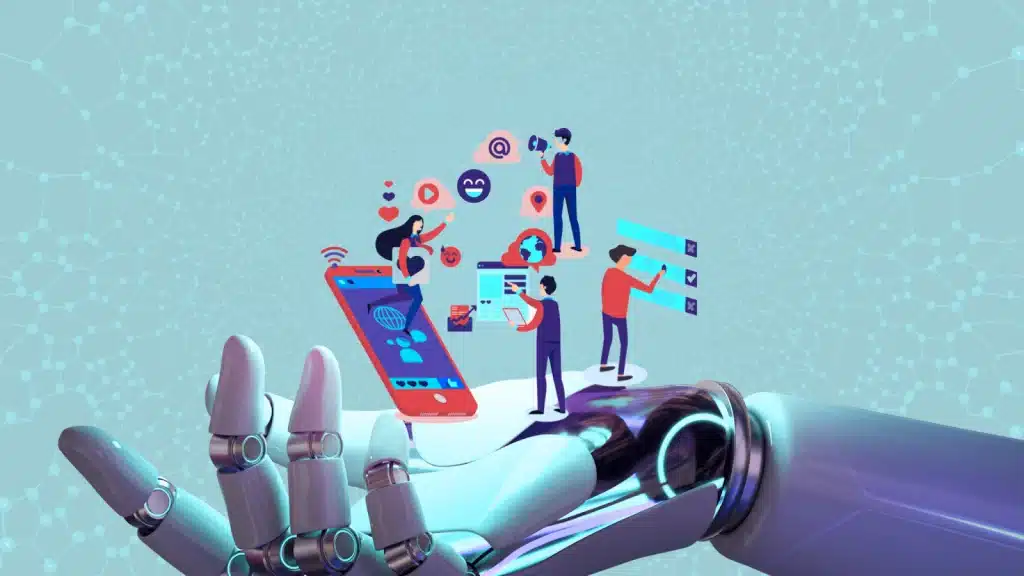
Artificial intelligence (AI) and personalization are shaping the future of social media. AI enhances user experiences through personalized content feeds and sophisticated chatbots for customer service. These advancements make platforms more intuitive and responsive to individual needs, while AI-driven analytics offer deeper insights into user behavior for more effective advertising. However, this personalization raises privacy and ethical concerns as platforms gather extensive personal data to feed their algorithms.
The evolving role of AI in social media suggests a future of even more personalized experiences. Predictive algorithms could tailor content more precisely, influencing user interactions and engagement. This promises more relevant user experiences but also presents challenges in balancing personalization with privacy. Ensuring transparency and user control over data will be crucial as social media platforms further integrate AI technologies.
The Next Frontier: Virtual And Augmented Reality
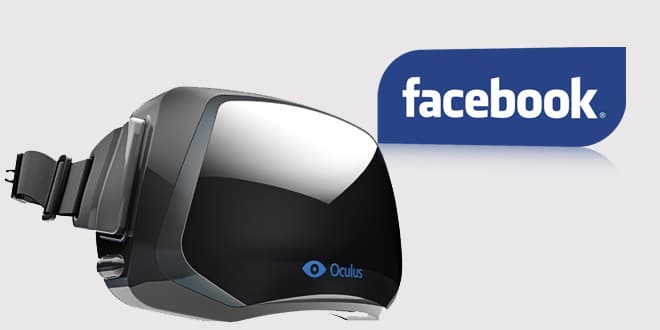
Virtual and Augmented Reality (VR and AR) are poised to be the next significant evolution in social media. These technologies promise immersive experiences that could transform user interactions. Early examples like Facebook’s Oculus VR hint at future integrations of social experiences in virtual spaces. VR and AR could enable more engaging social interactions, moving beyond traditional formats to offer immersive experiences.
The potential integration of VR and AR in social media opens up exciting new possibilities for user engagement and content creation. Virtual events or augmented reality shopping are just a few examples of how these technologies could enhance social media experiences. However, their widespread adoption hinges on technological advancements and user acceptance. As VR and AR technologies mature, they could significantly influence the future of social media, offering novel and interactive ways for users to connect and share experiences.
Join The Social Media Evolution
As this exploration of social media’s evolution concludes, it’s clear that the journey is far from over. With each advancement, from e-commerce integration to the potential of VR and AR, social media continues to redefine digital interactions. This ever-changing landscape invites users, creators, and businesses alike to adapt, innovate, and engage in new ways. As you look toward the future, consider how you can be part of this ongoing transformation, embracing the new opportunities that these dynamic platforms offer.


